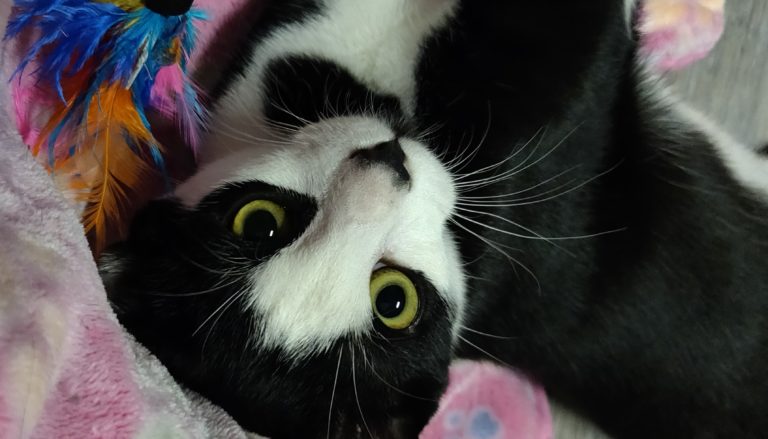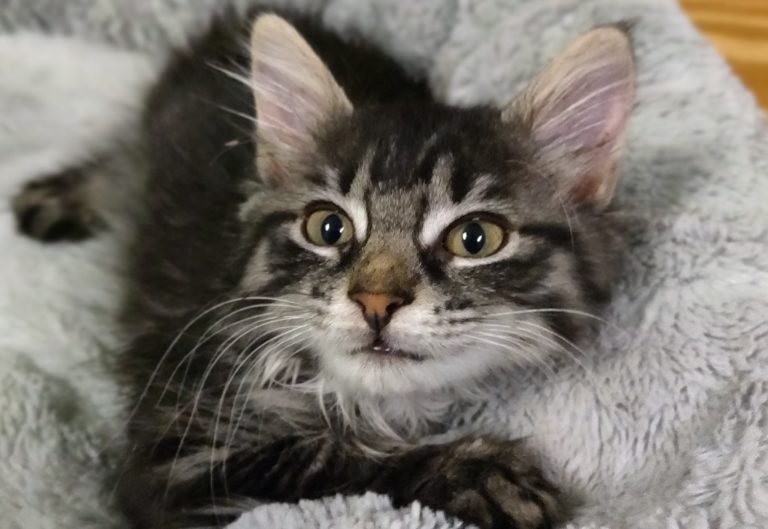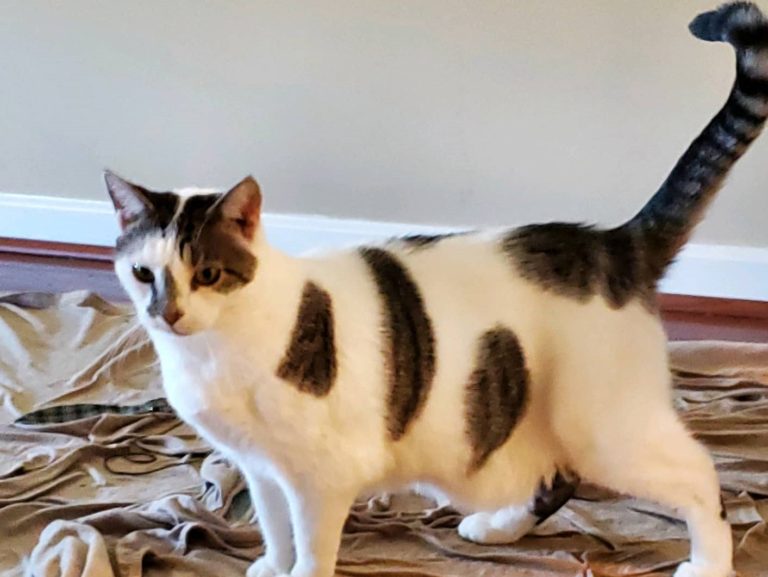There are so many things a curious kitty can get into, and so many places where she might hide. New paw parents often fret over “cat-proofing” their home before bringing their new furbaby home. There’s only so much you can anticipate and prepare for, but we’ve put together some of the basic things to consider and cover to help you address the most common things that can get your new little furkid into trouble.
- Window screens. We’ve heard some horror stories about kitties who have stretched out in an open window, only to accidentally pop the screen right out and fall out. Cats can easily push many standard window screens out of place, especially if the screen is older or the frame is damaged. It’s also tempting for cats to try to climb window screens. That’s why it’s important to go around to all the windows that will ever be open in your home and press against your screens all around to be sure they won’t pop out. Some newer windows have an “anti-break-in” lock and you can set so that the window will only open a few inches – which is great for your kitty to enjoy fresh air, but not open enough for her to squeeze out. There are also extra-strength screens you can have yours replaced with that don’t easily get torn by your kitty’s claws. And a quick search online will take you to a variety of product reviews you can choose from to reinforce and protect your kitty.
- Poisonous substances. Inspect your home for access to poisonous substances such as household cleaners, medications, etc., that your kitty could get into and secure them. This also includes ensuring you don’t have any plants that are toxic for cats, such as poinsettias and lilies. Check out this comprehensive list on the ASPCA website.
- Electrical cords. Unfortunately, some cats often find electrical cords appealing to chew on, which could lead to the kitty getting an electrical shock. For any cords that you can’t secure to the baseboards or put out of access, there are cord protectors like this one available on Chewy.com or Amazon, etc.
- Blind cords & similar strangle hazzards. Things like the cords on blinds can be a potential strangling hazard. Scan your home for other items like blind cords. Cutting the loop on them, and wrapping them up and tucking them up at the top of the blinds to eliminate the templation to play with them are the best solution.
- Basements and attics. You will want to take any new pet through a slow, careful acclimation to its new home. But, you likely want to avoid access to an attic and unfinished basement for the entirety of the pet’s life, as these areas are often wrought with things kitties can get into that could lead to injury or getting stuck in a tight space. The easiest thing to do is just keep those areas closed off and make it clear to the kitty that it’s off limits the same way going outside is off limits.
- Miscellaneous potential hazzards. To cover your bases, it’s best to literally get down on the floor and see the home from your new kitty’s perspective. Look under furniture, behind curtains, and think about whether what you see might pose a threat to your kitty. Are there hair ties or rubber bands or other similar items under the bed that kitty might ingest and result in an intestinal blockage? Are there any shopping bags with handles sitting out that the kitty could get stuck around her neck? Doing a thorough exam of the house from the cat’s perspective will help you ensure things are safe.
- Catification. While the other items on this list are focused on ensuring your kitty’s safety in the home, this one is taking things to the next level and ensuring her primal feline instincts are being acknowledged. Rather than trying to explain it, we will simply direct you to the master in catification, and share this Jackson Galaxy article that includes a short video. We do recommend that you hold off on this step a bit until you’ve gotten to know your unique kitty and understand where she feels most happy within the “vertical world”, then catify accordingly. (This will make more sense if you click through and read the article and watch the video.)
Of course, we all know that saying about curiosity and the cat. There’s no way to fully predict what kind of things your kitty might get into or to know just how mischievous–or not–your new kitty will be until you get her home. Be vigilant in observing her the first few days and weeks to understand what types of things might attract that curiosity.
For example, this author has one kitty who is attracted by the clanking sound of anything metallic, so she likes to play with things like jewelry chains. This also means that I can’t leave something like pins or safety pins out within her reach because if she hears them clanking together, she wants to play with them.






